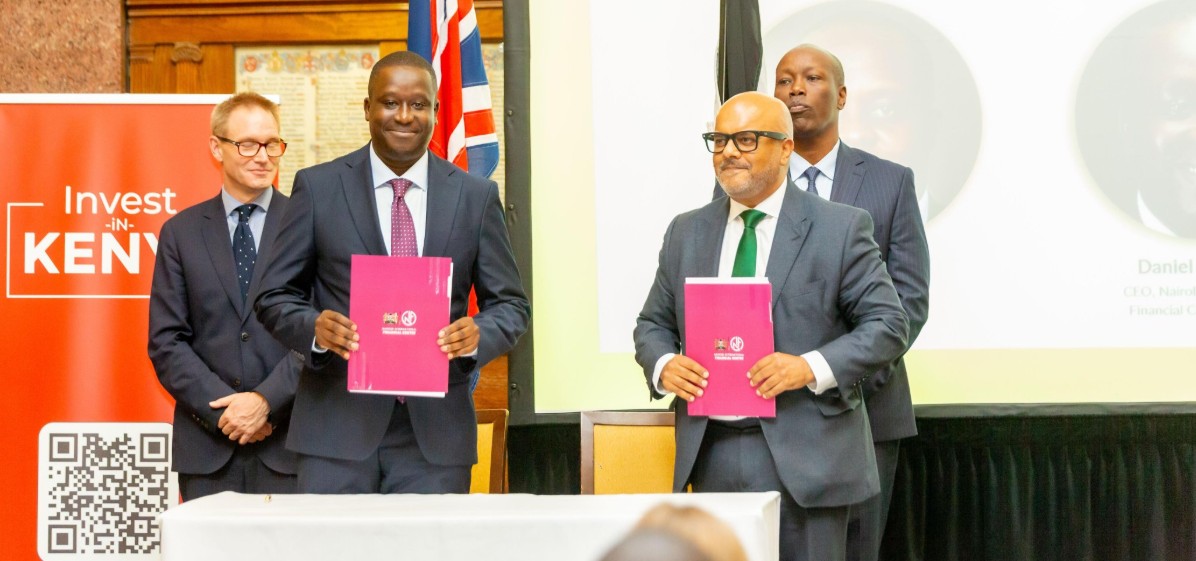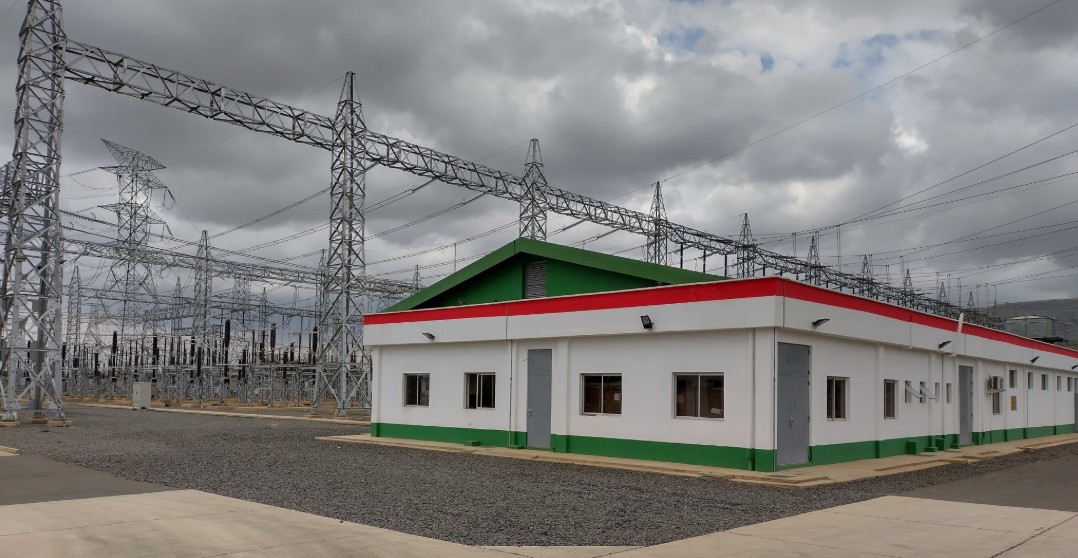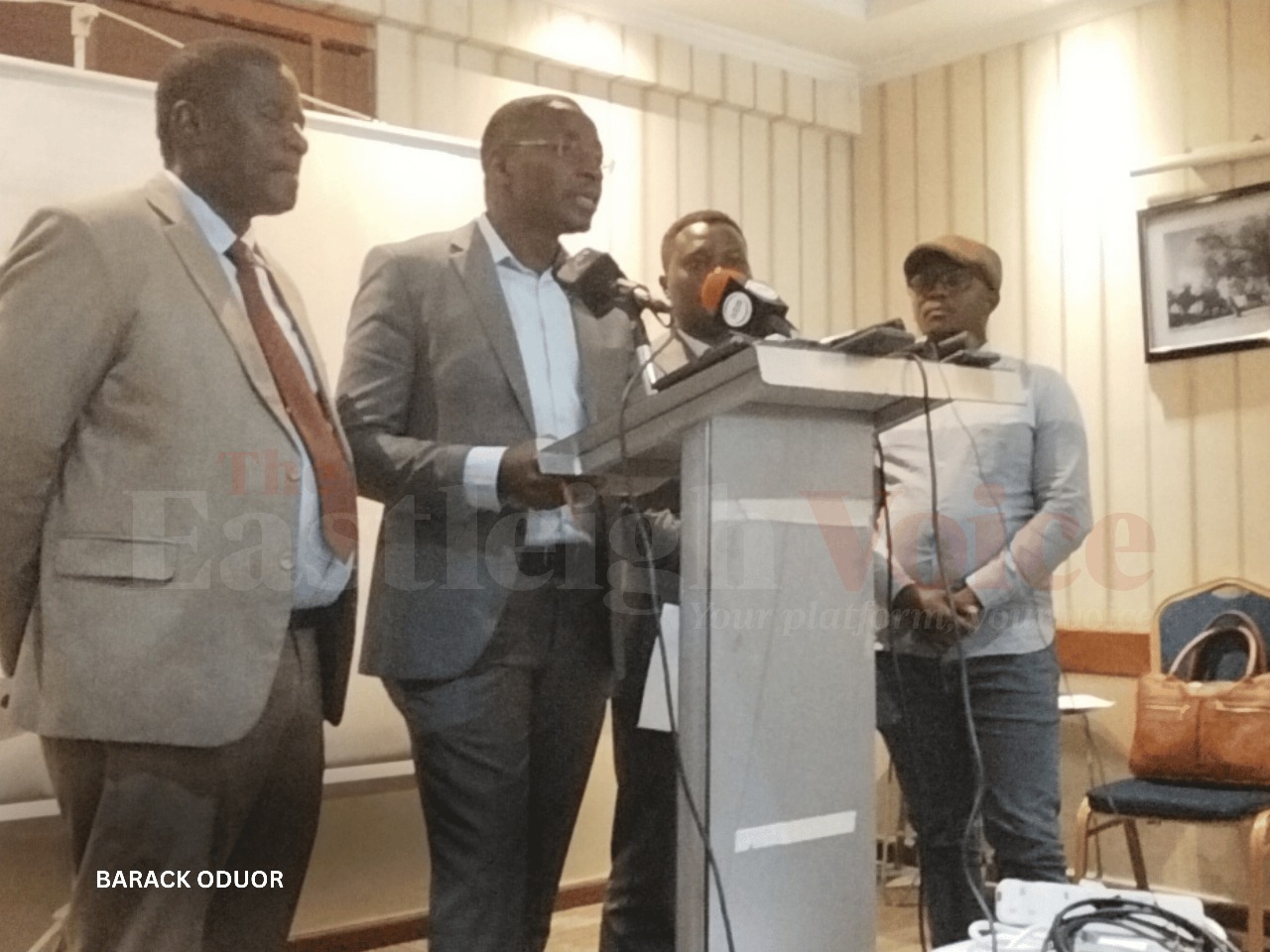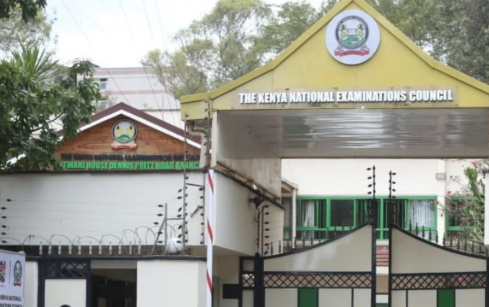Eastleigh Airbase among areas to get 25-floor buildings as height limits lifted

The governor clarified that this development does not mean all building proposals will automatically be approved.
New buildings in parts of Nairobi, including Eastleigh Airbase, can now go up to 25 floors, Nairobi Governor Johnson Sakaja has announced, following the easing of height restrictions.
When it comes to how tall buildings can be, each county has unique guidelines and regulations in line with its development goals.
More To Read
- Hawkers celebrate fresh opportunities in Eastleigh’s Five Street
- Nairobi County admits building violations by city's high-rise buildings
- Nairobi County to clamp properties, evict rent defaulters from Monday
- Relief for contractors after City Hall cuts building approval timeline to two weeks
- ODM moves to quell tension in party, denies endorsing Sakaja's reelection bid
- City flooding woes: Sakaja admits Nairobi's drainage system is overwhelmed
County governments in Kenya use zoning as a tool for land use regulation, which helps determine aspects such as building permits, heights, open spaces, and oxidation areas. This comes with numerous advantages for both the local government and residents.
Speaking on Sunday in Bahati, Sakaja noted that the government's decision to scrap height restrictions paved the way for taller buildings in some areas of the capital city.
"Before, there was a restriction on the heights of apartments, especially those close to the airport, from the Eastleigh Airbase and down this way, the reason being the need to evacuate the president in case of an emergency. I told the president that he would be stuck in traffic as you can no longer be evacuated through Eastleigh," he explained.
"I requested the president to remove the limit, and he agreed. I am happy the height restriction has been removed. We are going to go up to 25 floors with the houses we are building," he said, also noting the need to create space to accommodate the increasing population.
The governor clarified that this development does not mean all building proposals will automatically be approved.
“There are other considerations, such as plot ratios, ground coverage, and the area's character, that will be considered. We can only go up, but we must do so responsibly, and we shall,” he said.
Sakaja further highlighted plans for a zoning framework tailored to specific areas, allowing for taller buildings of up to 75 floors, which is currently under review.
He also highlighted investments in expanding sewage systems and water infrastructure, with support from partners including the African Development Bank Group and the French Development Agency.
“Traffic, health and educational facilities, as well as provisions for green spaces, will be mandatory in this framework, which will soon be available for public participation,” he said.
The lifting of the restriction comes amid complaints by Nairobi residents about the development of high-rise estates in various parts of Nairobi, such as Kilimani, Lavington and Kileleshwa.
Some residents said the city's lavish suburbs are being transformed into concrete jungles, while others raised concerns about the dumping of waste, bursting sewer lines and limited water supplies.
Sakaja promised that the issues would be addressed.
"Nairobi is 696 square kilometres big. In 2050 it will have a population of 10.5 million people. Will we expand Nairobi? No. The only place we have to go is up. The only thing we have to do is fix sewerage, water and drainage," he said.
Initially categorised as Zone Four by the Nairobi City Council, no building permits were granted beyond the fourth-floor limit in Kileleshwa.
Lavington was categorized as Zone Five alongside the Upper Spring Valley, Kyuna and Loresho. This is however no longer the case with some apartments now scaling up to 15 floors, towering over those that initially complied with the city by-laws.
Top Stories Today















































